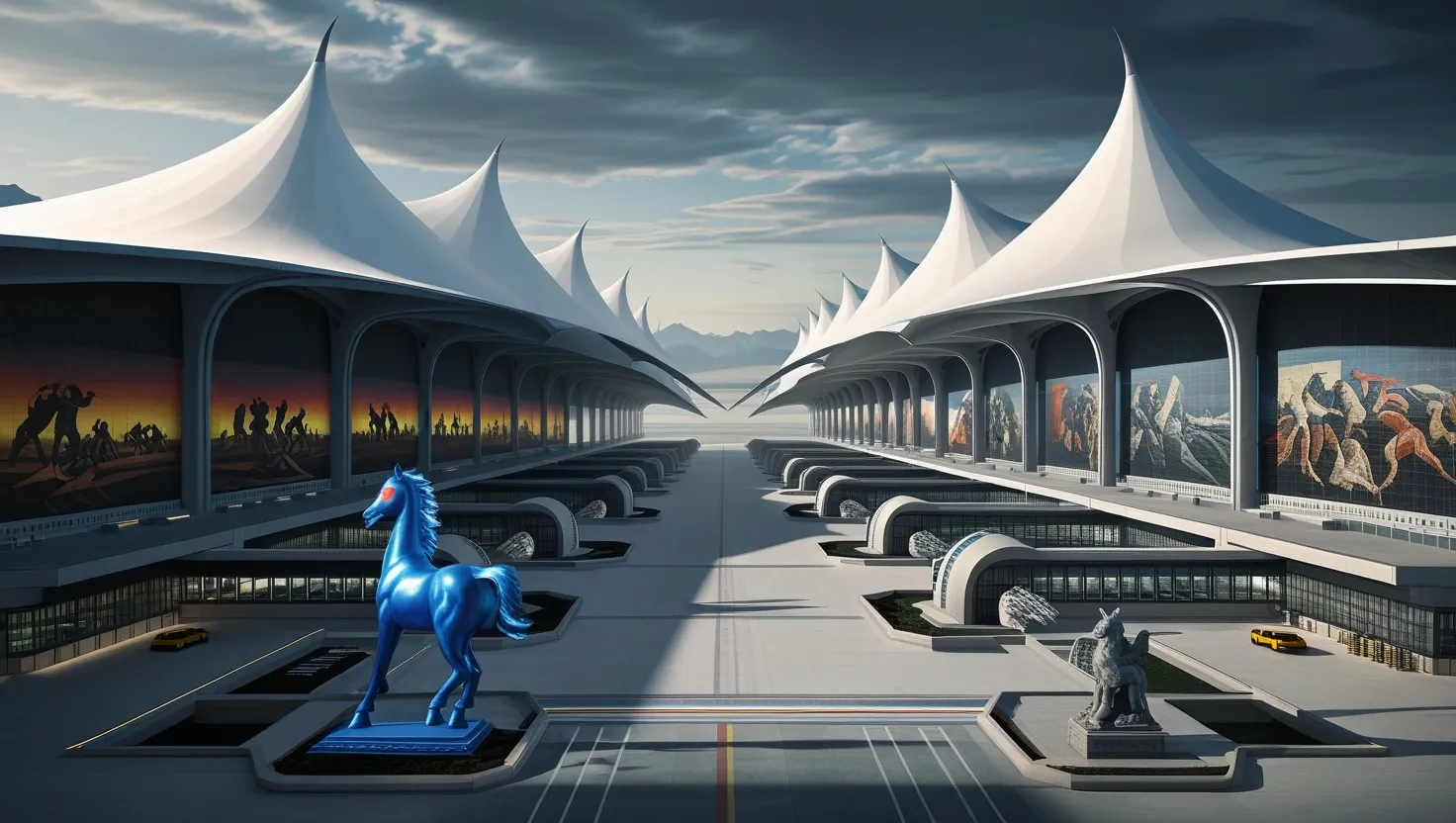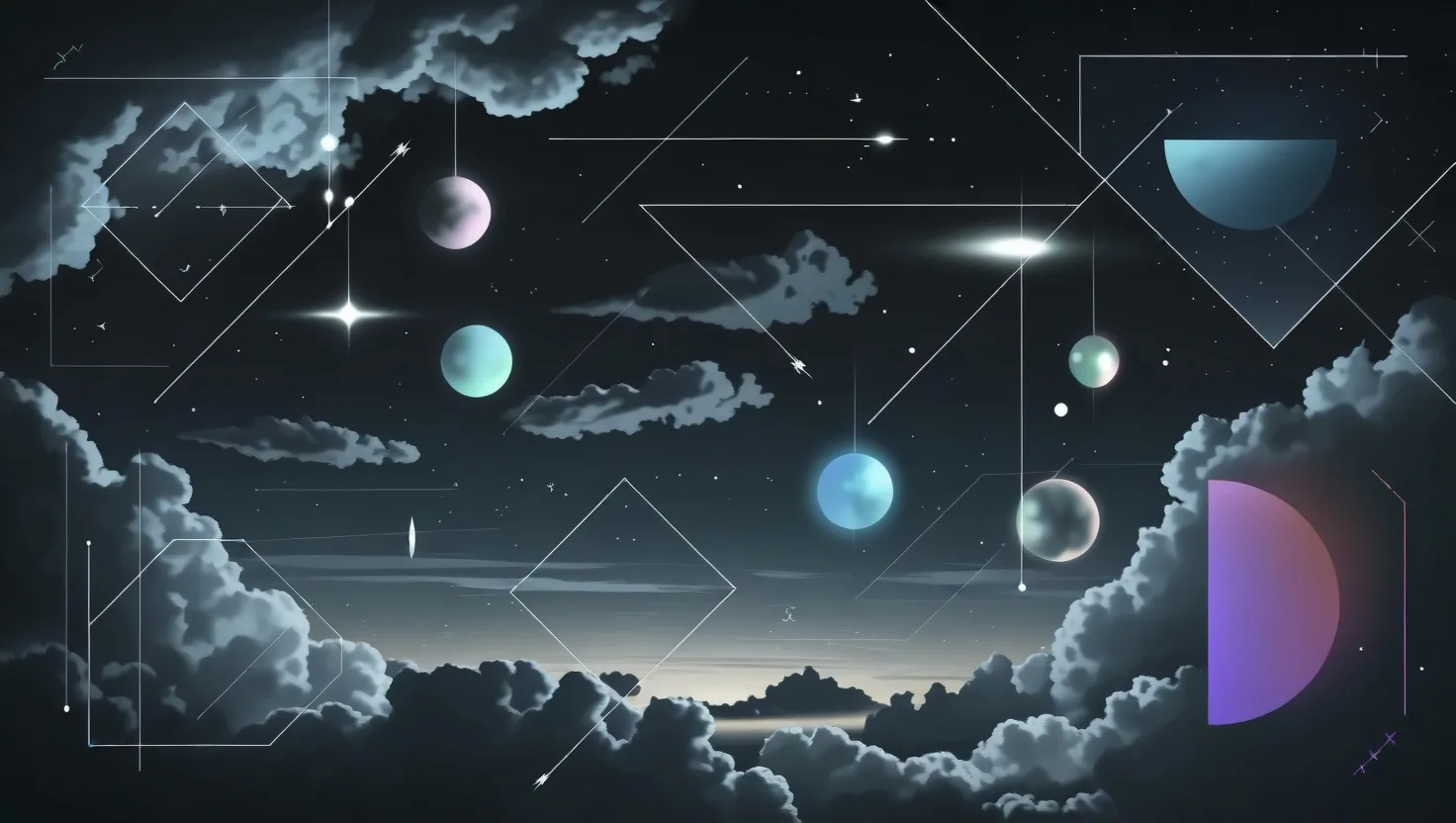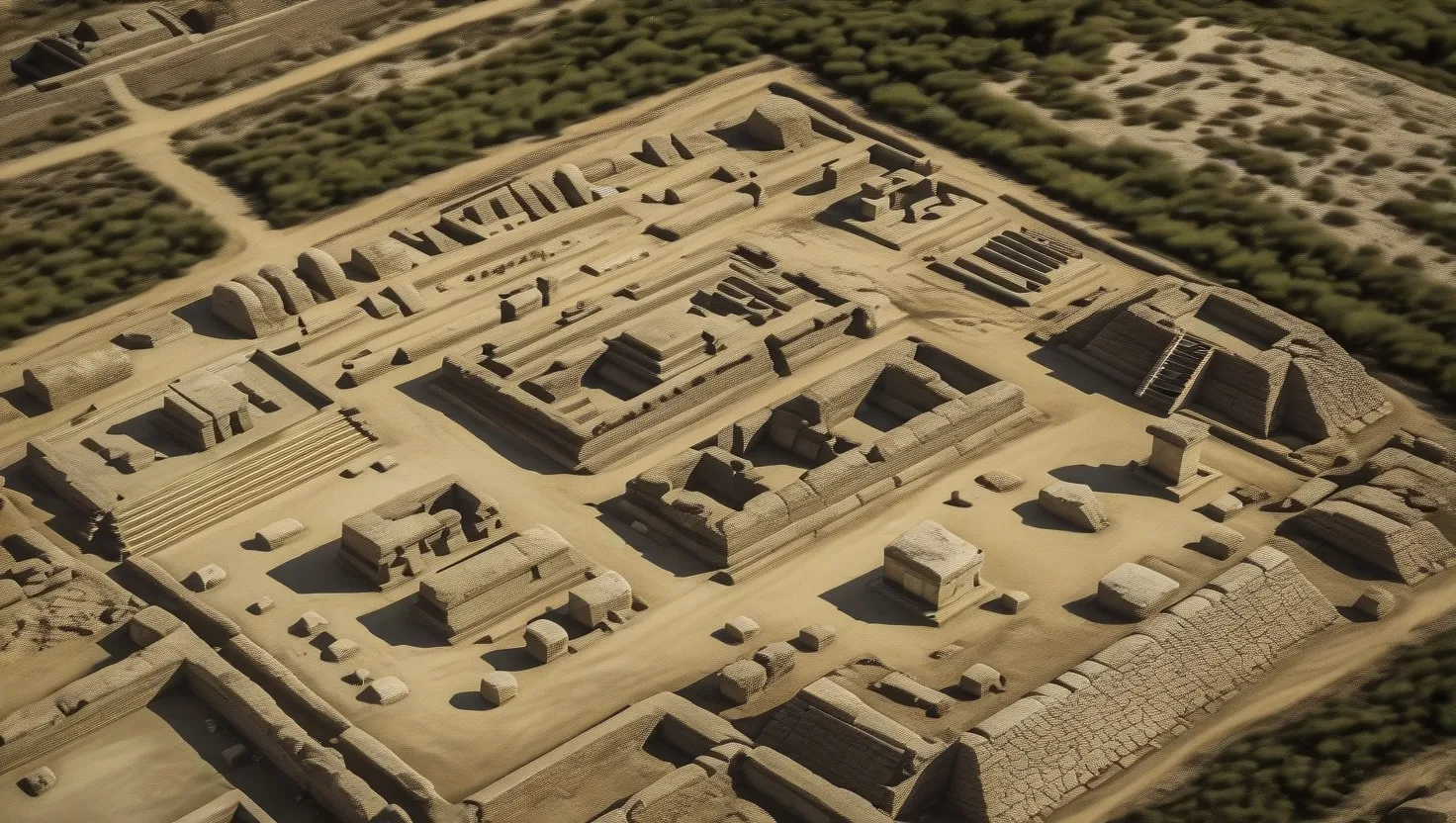Of all the places where myth and reality collide, Denver International Airport (DIA) stands out—not just as a transportation hub, but as a lightning rod for wild theories and artistic provocation. Some see it as a monument to civic pride, others as the world’s most obvious “hidden bunker,” and a few as the accidental masterpiece of architectural anxiety. I want to walk you through what makes DIA so unusual, not by listing the usual suspects, but by listening for the quieter voices in the story—the artists, the workers, the forgotten facts, and the odd details that get lost in the noise.
Let’s start not with conspiracies, but with concrete. DIA sprawls over 53 square miles of Colorado plains, making it the largest airport in North America by land area. Size, of course, invites suspicion. Why so much land? Why so much empty space? Most large airports are constrained, hemmed in by cities or water; DIA, by contrast, feels deliberately disconnected. That isolation, coupled with the sheer scale of the project, has led some to ask: Is all this space really just for airplanes?
“Whenever a building is big enough, people will invent a purpose for it that its builders never intended.” — Rem Koolhaas
The airport’s design is a strange mix of the practical and the theatrical. The tent-like, peaked roofs are meant to evoke the Rockies, but the effect is more otherworldly than homely. Inside, the terminal’s open, cathedral-like spaces are supposed to inspire awe. Instead, for some, they stir unease. The floors are immaculate, almost too clean. The light filters in through vast windows, casting long shadows where none seem to belong.
Construction delays and cost overruns became part of DIA’s mythos before the first passenger even arrived. The delays weren’t just embarrassing—they were fuel for stories. The extra years of work led to whispers about what might really be going on underground. Could all that time and money have been spent on secret tunnels and chambers? The official explanation is boring: DIA’s baggage system was a technological gamble that failed spectacularly. But boring explanations never killed a good story.
And then, there are the murals. Leo Tanguma’s massive paintings in the terminal are scenes of devastation and rebirth—war, pollution, weeping mothers, children, a gray mist turning into a rainbow. Art is supposed to provoke, and these do. Critics saw doomsday prophecies, secret Nazi messages, or Illuminati symbols. The artists protested: the murals were about peace, about hope rising from chaos. Yet, in the age of memes and misinformation, intent hardly matters. The murals became Rorschach tests, each visitor seeing what they wanted—or feared—to see.
“Art does not reproduce what is visible; it makes things visible.” — Paul Klee
What fascinates me is not whether there’s a secret bunker, but how much people want there to be one. DIA’s tunnels, for instance, are real—they’re for moving luggage, not for moving elites. Workers sometimes play along, donning lizard masks for laughs, graffitiing aliens on the walls. The airport embraces the joke, hosting conspiracy-themed events, putting up cheeky signs. It’s a rare case of an institution leaning into its own legend, instead of running from it.
But let’s talk about the time capsule. Near the south checkpoint, a plaque proclaims it was placed by the “New World Airport Commission,” with Masonic symbols included. No such commission ever existed. Why the elaborate ruse? The official story: the name was a playful nod to Dvořák’s “New World Symphony,” and the plaque’s designer was a Mason. The conspiracy-minded saw a calling card for the “New World Order.” It’s a perfect example of how a stray detail, plucked from context, can spark years of speculation.
Then there’s Blucifer—the 32-foot-tall, blue mustang statue with glowing red eyes that greet arrivals. Its creator, Luis Jiménez, died during its construction when a piece of the sculpture fell on him. That tragedy, plus the statue’s eerie glow, led some to call it cursed. For others, it’s just public art with unfortunate timing. But can you look at those red eyes and not feel watched?
What’s the real psychological impact of all this? For travelers, DIA can be disorienting—less “welcome to Denver” than “welcome to the uncanny valley.” The airport plays with our expectations of normalcy, tipping them ever so slightly. For the online faithful, DIA is proof that someone, somewhere, is hiding something. For the artists and architects, it’s a reminder that public spaces can never be fully controlled—that meaning is made by the crowd, not the designer.
Let me ask you: Have you ever walked through DIA and felt a shiver, not from the air conditioning, but from something less nameable? That’s the power of place. All our fears of shadowy elites, end-times bunkers, hidden symbols—they find a home here, because airports are already liminal spaces. We pass through them, transient, anonymous. If ever there were a place to imagine secrets, it’s a space designed for people who are, literally, passing through.
The most overlooked angle in the DIA story isn’t the conspiracy theories, but the airport’s relationship with its own myth. Most institutions would try to quash wild rumors. DIA leans in. Gargoyles “guarding” the baggage claim once greeted visitors with canned jokes about the Illuminati. (They were later toned down after complaints.) The airport has held “Conspiracy Month” events, screening movies like “Close Encounters of the Third Kind,” poking fun at itself. This self-aware humor is rare—and smart. It acknowledges the stories without endorsing them, and it even turns a profit. Who else can say their marketing campaign included crop circles and alien mascots?
But the question remains: Why does DIA inspire so much imaginative energy? I think it’s because, for all its strangeness, the airport is a mirror. Its art, its scale, its delays—they’re just the raw material. The rest is us, projecting our anxieties about technology, government, and the future onto a blank, Rocky Mountain canvas.
“We shape our buildings; thereafter, they shape us.” — Winston Churchill
Do you remember your first impression of DIA? Was it wonder, or was it wariness? Or maybe a bit of both? That tension is what makes the place compelling. It’s not just an airport; it’s a stage where everyday life and the edges of paranoia meet.
Let’s not forget the Native American burial ground theory. There’s no real evidence for it, but the story persists. Why? Maybe because it’s a way to explain the airport’s delays and perceived bad luck. Or maybe because it fits a larger pattern of American myth-making—the idea that any large, troubled project must be haunted, literally or figuratively.
Then there’s the runway layout—a shape some say resembles a Swastika when viewed from above. Engineers say it’s just a practical design for wind. But once someone says “Swastika,” the image sticks. Facts, in the court of public opinion, are almost beside the point.
A final, gentle reminder: airports are built to move people, not to hide them. The underground networks at DIA really do exist, but they’re for bags, not bunkers. The art is bold, sometimes unsettling, but it’s art. The gargoyles? Just statues having a little fun with our fears.
Yet, the stories persist. Maybe because, in a world that often feels beyond our control, there’s comfort in thinking someone, somewhere, knows the plan—even if that someone is a secretive cabal meeting under an airport. DIA, with its open spaces and odd art, lets us play with those fears without ever quite confirming them. It’s a safe space to be suspicious, to imagine shadowy meetings and hidden chambers, and then, when our flight is called, to walk away smiling.
“The oldest and strongest emotion of mankind is fear, and the oldest and strongest kind of fear is fear of the unknown.” — H.P. Lovecraft
If you’re ever at DIA, take a moment. Look around. Notice how the light falls, how the space makes you feel. Listen to the stories people tell, but also listen for what’s not said. In the end, what’s hidden at Denver International Airport isn’t a bunker—it’s the way places make us think, and what we find when we dare to look at them, and ourselves, with a little curiosity.






